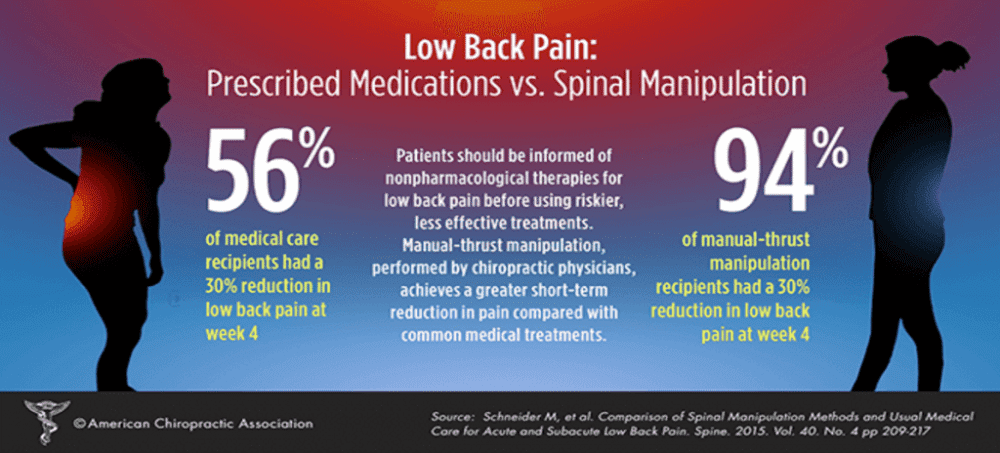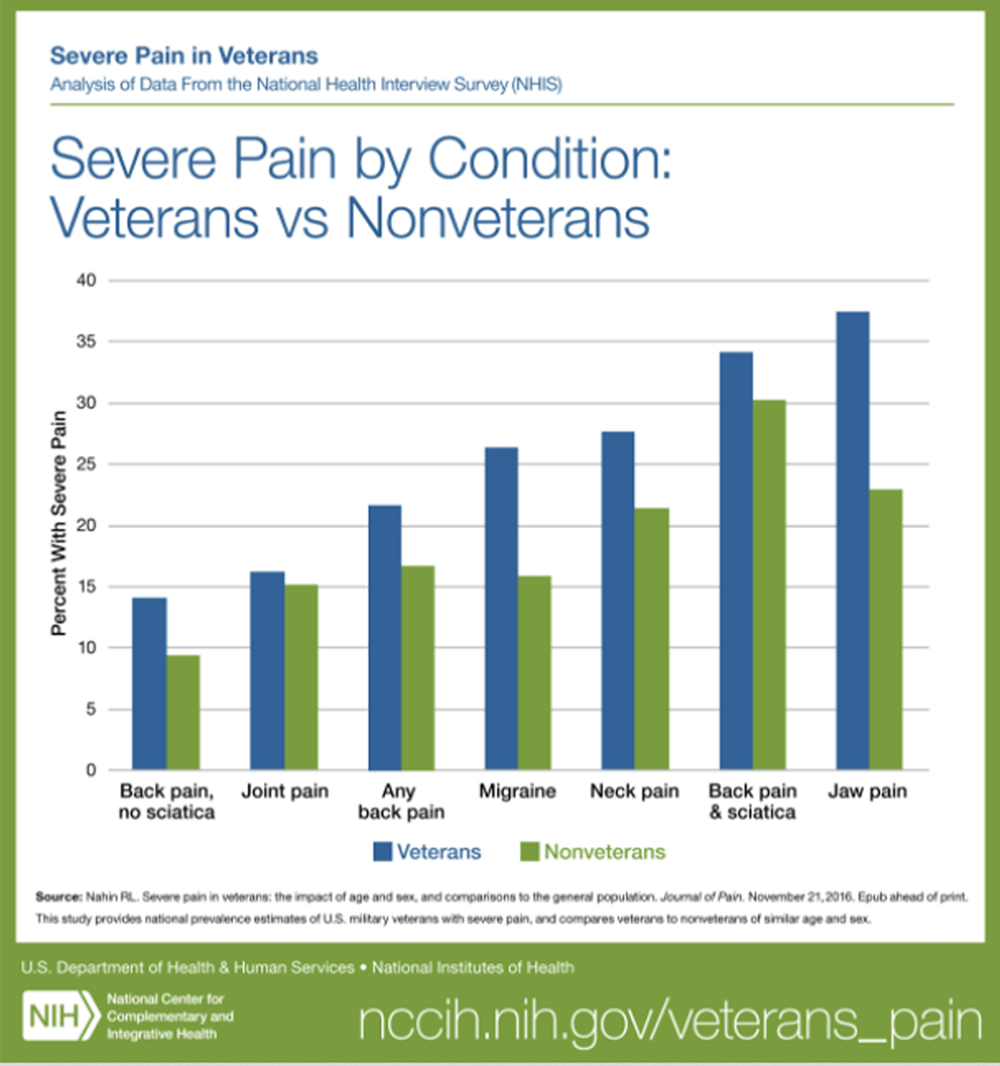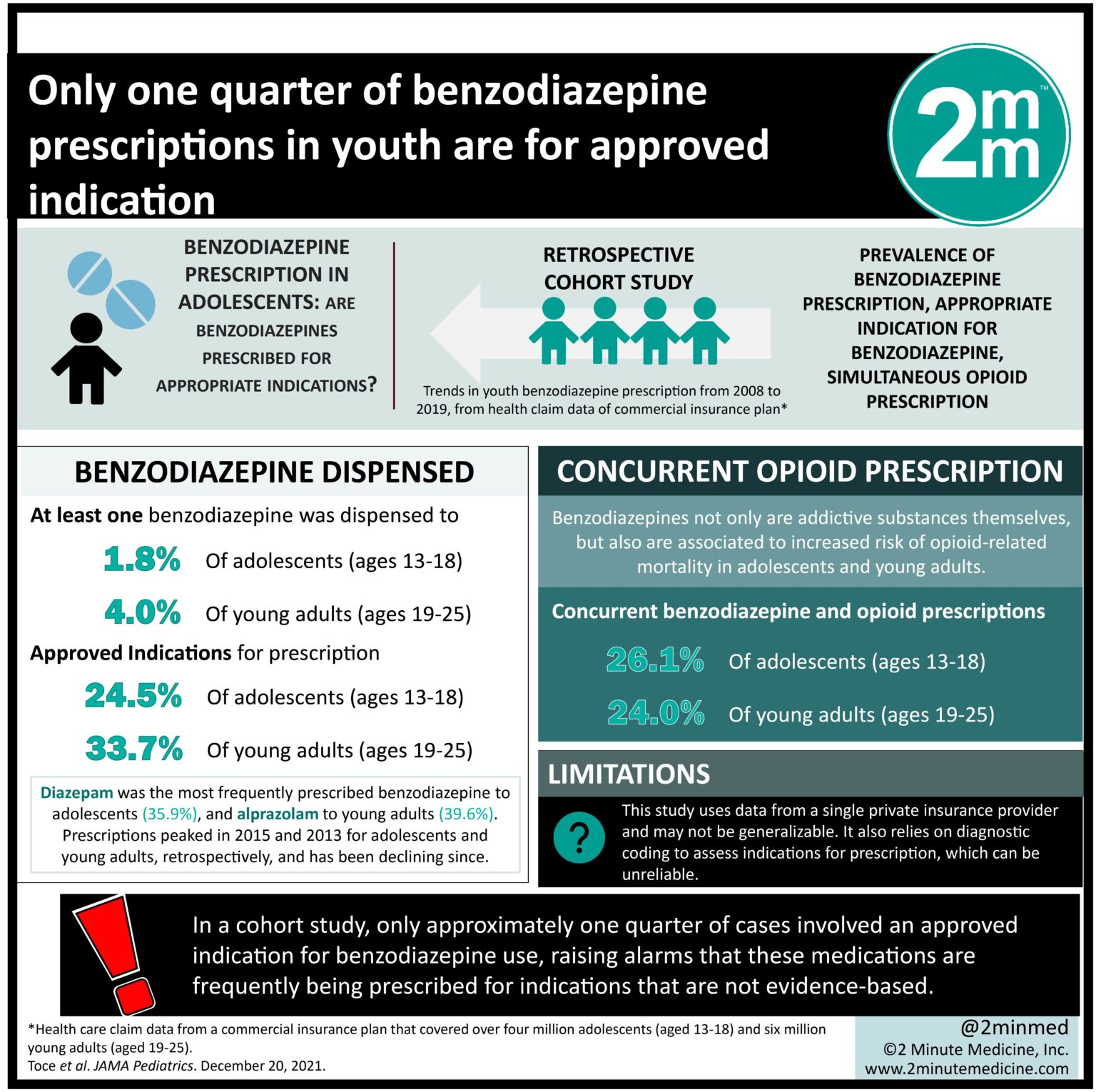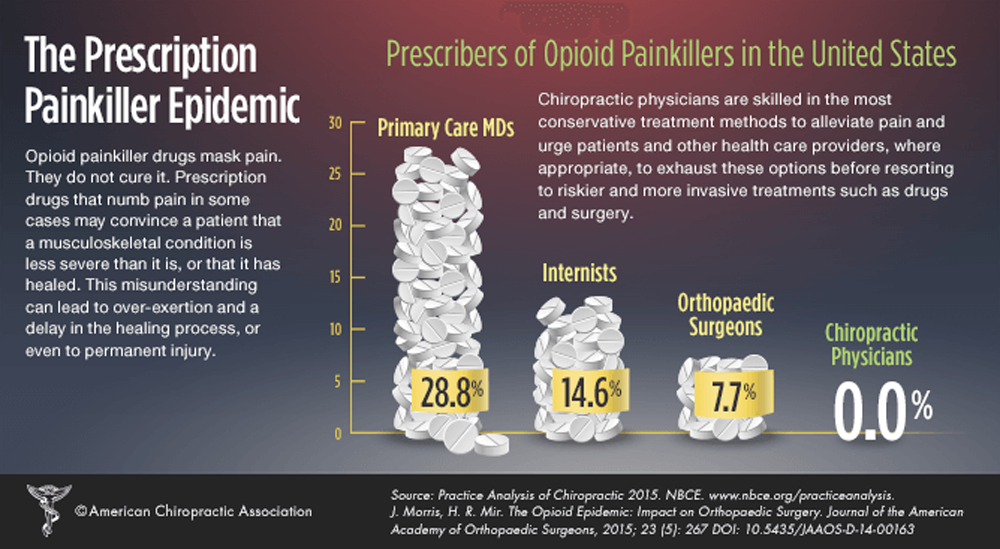Addressing The Burden Of Spine-Related Disorders Through Integrated Value-Based Care
Addressing The Burden Of Spine-Related Disorders Through Integrated Value-Based Care
SOURCE: Health Affairs Forefront, February 12, 2025
Ryan Burdick • Christian Péan Sara • Holleran Inga Morken • Christine Goertz
Faculty of Health Sciences,
Ontario Tech University.
Editor’s Note:
This article is the latest in the Health Affairs Forefront series, Accountable Care for Population Health, featuring analysis and discussion of how to understand, design, support, and measure patient-centered, cost-efficient care under the umbrella of accountable care. Readers are encouraged to review the Call for Submissions for this series. We are grateful to Arnold Ventures for their support of this work.
The unsustainable rise of health care costs in the US, coupled with suboptimal health outcomes, is driving both conversation and real action toward value-based care (VBC) models in this country. There is no more low-hanging fruit for this effort than spine-related disorders. Low back and neck pain cost us more than $134 billion annually and continues to rise at a rate more than twice that of overall health spending despite the fact that it is already at or near the top of all direct health care expenditures.
Despite aggressive and often invasive treatment approaches, low back pain remains the leading cause of physical disability worldwide with neck pain not far behind. This divergence between cost and outcomes is driven largely by the sustained use of expensive and ineffective treatments that can lead to more harm than benefit. Overreliance on prescription opioids began in the early 2000s, based on weak evidence suggesting that these medications were safe and effective treatments. In addition, the US maintains a higher rate of surgical interventions, more frequent specialist consultations for initial diagnoses, and consistently higher use of medically unnecessary advanced imaging.
Recognizing the profound impact of spine-related disorders, organizations including the
American College of Physicians, the
There is more like this @ our
INTEGRATED HEALTH CARE Section and the







